There are two broad types of retail product placement: at the shelf level and at the store level. We’ve gone deeper on shelf-level product placement (does “eye level is buy level” ring a bell?) but we haven’t spent a lot of time thinking bigger.
It’s time to change that.
This is our guide on retail product placement at the shelf and store level, so you can get more out of your marketing and merchandising campaigns—and just sell better. Of course, there’s a limit to how much a brand can influence product placement. The retailers, at the end of the day, will control your fate to an extent. However, brands do have a good bit of influence here.
This is how brands can take control of product placement to better serve their customers and increase sales.
Be Strategic Based on Industry, Audience, and Category
For starters, it’s wildly important that your approach to product placement is nuanced enough to account for differences in industry, audience, and category. What works for a CPG brand at a grocery store won’t be the best strategy for an apparel brand in big-box stores.
That’s why your first step is always research. Invest in your internal teams so they have the resources to go deep into your customer base. Find out who they are, what they like, and how and where they shop. This is even more important in the age of COVID-19, as shopping behavior has shifted to be more mission-focused. Are your shoppers willing to test and try your products inside stores? The answer could affect how you approach product placement.
Speaking of COVID, retailer behavior has also changed, and you need to be up to date on how they approach product placement and brand relationships. Don’t go into negotiations with the buyers thinking the conversation will be the same as it was before COVID. You’ve got to consider the changes and pressures on both sides—brand manufacturers and retailers.
If a shopper doesn’t see your product on the shelf or in the store, it’s not in their purchase consideration set. It’s as simple as that.
Bring Out Your Data
How can you be strategic? It all involves high-quality data. You need to come to any discussion around product placement with the right information to support your arguments. Think about:
- Shopper trends and behavior—Ask yourself how your shoppers are behaving. Are they still buying in-store? Are they more eager to jump on the buy online, pick up in-store bandwagon? Don’t propose a product placement strategy that is out-of-sync with shopper behavior.
- Customer engagement and sales data—Are your products selling? Are shoppers interacting with your product displays in a specific part of the store? You’ve got data on the performance of your brand. Use it. You might have evidence that a display near the checkout performs better than the back of the store. You also know how well your products sell. The more sales you’re getting, the more likely retailers are to follow your suggestions.
- Merchandising campaigns—What’s coming up next? What campaigns and marketing strategies are you working on? Show your work and illustrate to retailers that you’re thinking strategically about how to present your brand inside stores. Plus, certain strategies lend themselves to specific parts of the store, so you can guide the conversation where you want to go based on your current and upcoming merchandising campaigns.
Play into Retail Product Placement Psychology
Stores are thinking about the psychology behind product placement, and so should you. There are a few common concepts here, including the aforementioned “eye level is buy level.” That’s shelf-specific, but here are a few store-level concepts to keep in mind.
Place Best-Sellers at the Back
Retailers often want to put the top-selling products at the back of the store. The psychology here is that shoppers will be frequently headed to these sections to get their essentials. What are they going to do along the way? Browse. Stores can use this tactic to increase basket sizes by tempting shoppers along the route to the best-sellers at the back. As a brand, let this strategy influence your product placement proposals. Are you selling an essential? Suggest it in the back, and bring the sales data to back it up. Maybe you want to leverage this behavior for your less-popular products. Propose placing them along the route to the back of the store.
Group Captive Products
Naturally, some products go well together. Razor blades, razors, and shaving cream, for example. These are captive products, and the psychology here is that grouping the items together in the store will increase basket sizes and get shoppers to buy all as a group, instead of individually. You can take advantage of this behavior when planning store-level product placement. Keep your captive products together or ask to be placed next to complementary products and brands.
Tempt Shoppers at Checkout
We’ve all seen it—the checkout aisle lined with more products, all easy to toss in the cart before hitting the register. There is a lot of psychology at play here, and many retailers in a variety of industries take advantage of the temptation of getting one last item before checking out. In grocery especially, registers are lined with magazines, gums, candies, and other small items. Does your brand fit into these categories? Then you should propose that your products be placed at checkout. While there may be a traditional aisle that fits your goods, adding a display at checkout can help drive up sales and brand awareness.
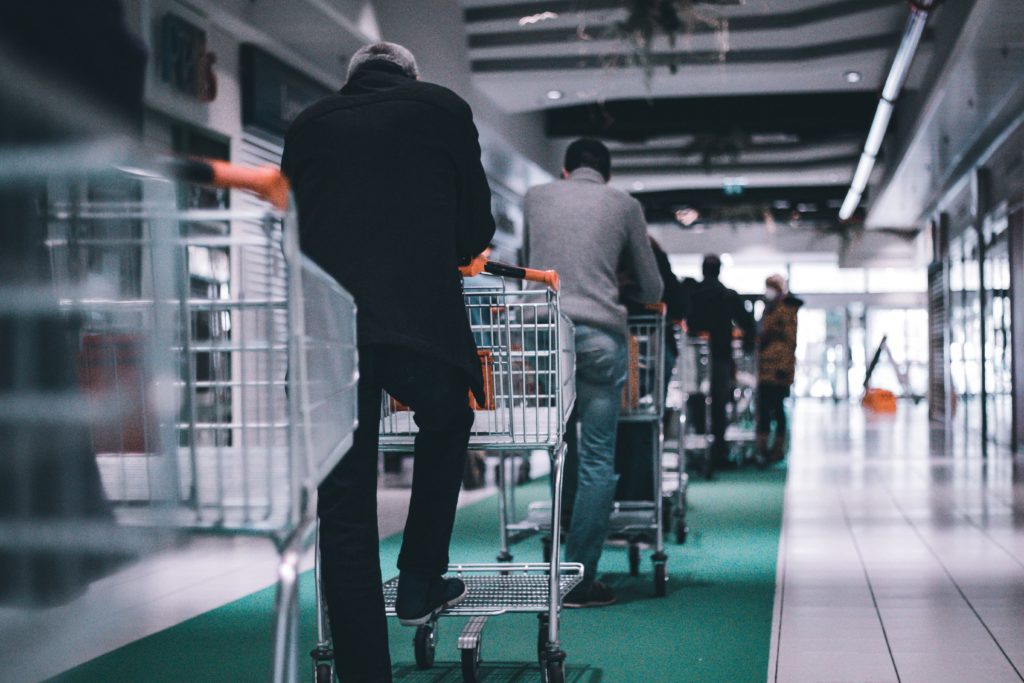
How Product Placement, Blocking, and Interaction Drive Shelf Health and Sales
If there’s one key takeaway from the conversation around retail product placement, it’s this: If a shopper doesn’t see your product on the shelf or in the store, it’s not in their purchase consideration set. It’s as simple as that.
Sure, brand loyalty, pack appeal, and promotions all factor into the decision as well, but the primary factor is brand presence. You must be seen to be considered. Shoppers want to touch your products and compare them to other options inside the store. If your product fails to measure up, your sales will reflect this.
There are three key points to consider when thinking about your retail product placement.
Placement
“Eye level is buy level” is back! At the risk of sounding repetitive, this adage is incredibly important. Products at eye level are first to be noticed and receive significantly more attention from shoppers than other products above or below eye level.
Above eye level means the customer needs to reach for it or cannot see it, pushing it out of the consideration set, while below eye level (albeit good for children’s products), is hard to see and annoying for many shoppers to bend down and pick up.
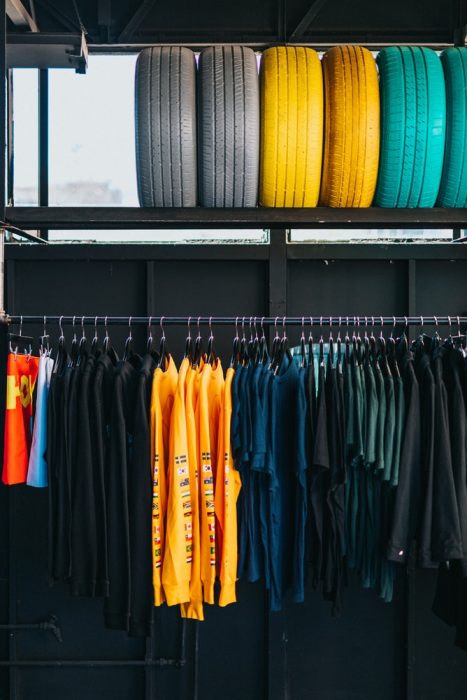
Blocking
Your brand can grab more attention on the shelf with blocking. Blocking is the practice of lining multiple facings of your products on one or more shelves to create a visual “block” of your product/brand for the shopper.
If you can increase your total facings, you increase your total share of shelf and the likelihood that shoppers see more of your brand and less of the competition. Furthermore, try incorporating color blocking into the shelf. With colors, you can create an emotional and personal connection with your shoppers, attracting them to your brand.
According to dotActiv, color can be used to influence the shopper’s experience by attracting their attention and sparking different feelings (i.e., blue for calm, orange for excitement), which ultimately affect their shopper behavior.
Interaction
Even in today’s digital world, never underestimate the power of your shopper physically interacting with the product. Fifty-six percent of shoppers say they visit stores to see, touch, and feel products before purchasing them either online or in the store, and that number jumps to 70 percent for shoppers over age 65.
Your in-store experience should be high-touch and include informative displays. Those could include simple, traditional signage, or more modernized displays with tablet displays, demo videos, etc. For instance, Wiser Solutions and NPD Group worked with GoPro to uncover roughly $40 million in potential sales lost due to non-compliance in visual merchandising, a factor of which was the TV display failing to stream GoPro content.
How to Ensure In-Store Execution Matches Strategy
Of course, it’s easy to plan for prime retail product placement, a large brand block, and a stellar display at the shelf. The hard part is making sure your stores meet the standards you set.
For example, GoPro requires that their display monitor is turned on and streaming content, Pantene Pro-V may require that they are at eye-level and their best-selling scents are furthest to the left of their block, and Chobani may require that they are color-blocked and not shelved next to competitor Fage.
Wiser’s retail intelligence product includes a crowd of smartphone-enabled mystery shoppers who have collected over 11 million in-store data points at almost 200,000 locations, such as major big-box stores and grocery chains across the United States and Canada. Customers can deploy “Missions” to their stores within 48 hours of building the strategy with the Wiser team to see exactly what is happening with their brand on the ground.
Brands use Missions to find the answers to:
- Where am I placed?
- Am I out of stock?
- Do I have the correct number of facings?
- Is my display set to compliance with all elements functioning?
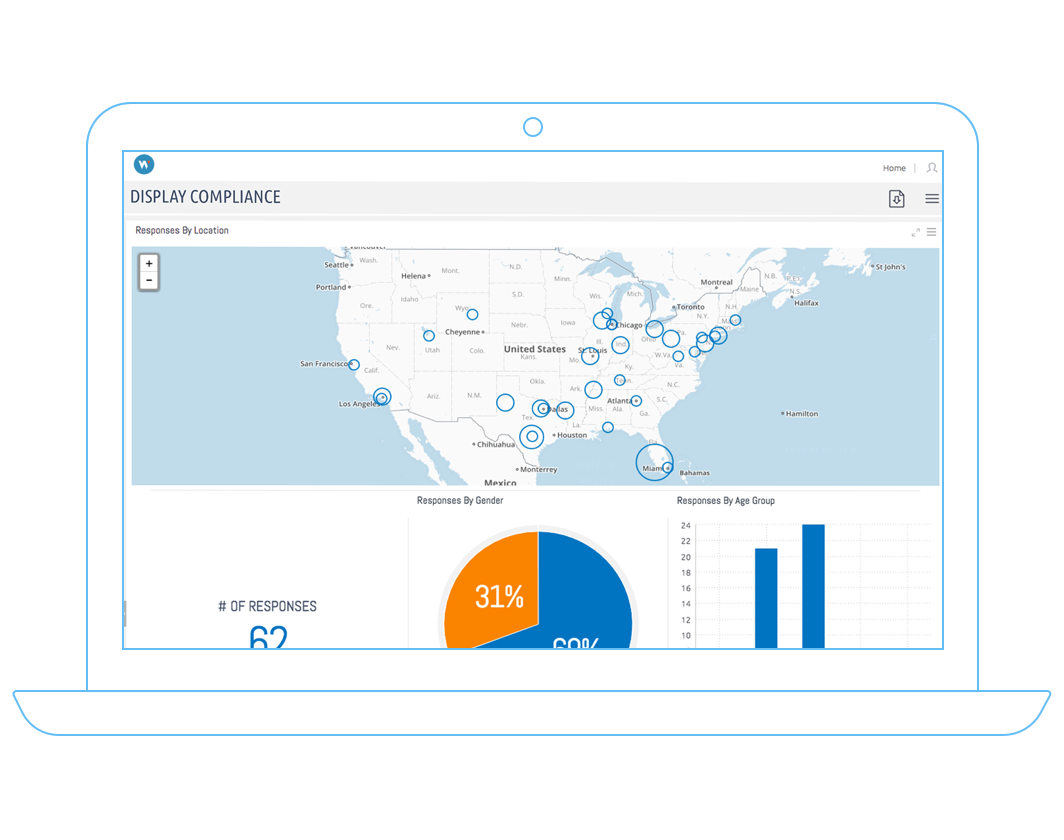
These are questions we answer daily for our customers, enabling them to fix the problem at the source and see a corresponding lift in sales. During retail audits, our shoppers collect actionable data in near real-time and it reaches our clients through a series of alerts, digests, and an online dashboard.
Even better, you probably (definitely) want to measure not only store compliance, but how your shoppers are reacting to your merchandising strategies. Here are some questions you can get answers to, in addition to compliance data:
- Is my display appealing to Bees?
- Does it influence their purchase behavior?
- Who is most likely to be positively affected by my planogram?
- Are my competitors out-performing me in the eye of the shopper?
Wiser’s in-store suite can layer all of that data to your shelf health metrics to give you a holistic view of the store’s compliance and the shopper’s journey.
As a brand, you’re encountering greater competition than ever with the rise of online shopping, but it’s clear that shopper behavior hasn’t evolved quite as fast. The fact that shoppers are still going to the store to interact with products prior to purchase (plus the fact that 91 percent of all retail is still done in-store) only emphasizes the importance of optimizing retail product placement strategies.
The above tips are critical here. It’s a collective effort between brand, retailer, merchandisers, field teams, shoppers, and others to get your vision from the office to the store—and, more importantly, to get that vision executed properly in a way that drives business for both your brand and your retail partners.
Editor’s Note: Contributing writer is Matt Ellsworth. This post was originally published in January 2018 and has since been updated and refreshed for readability and accuracy.

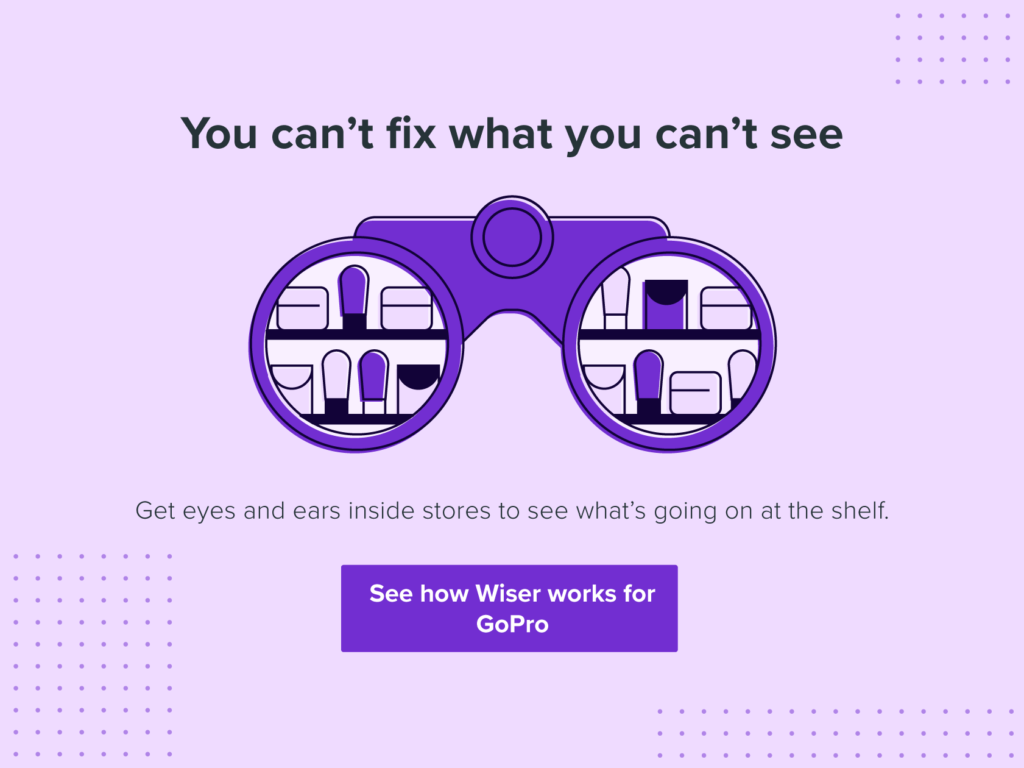



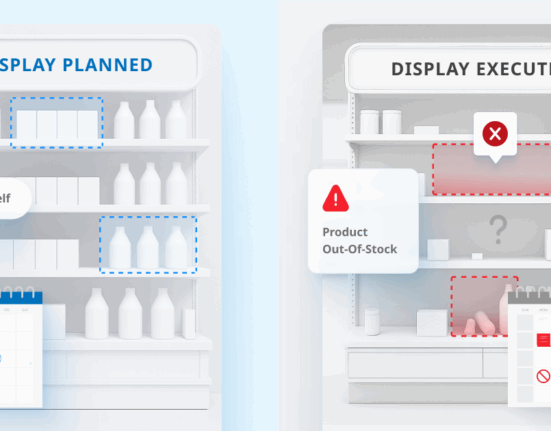
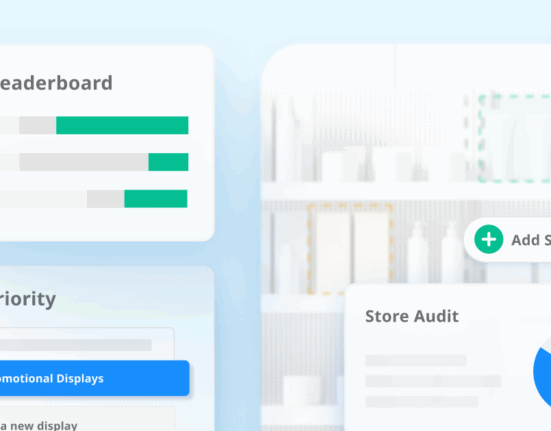
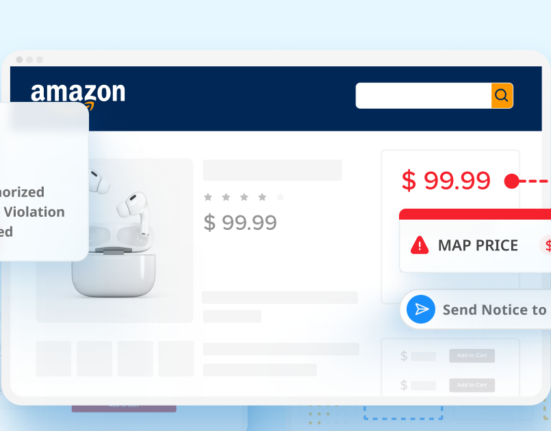
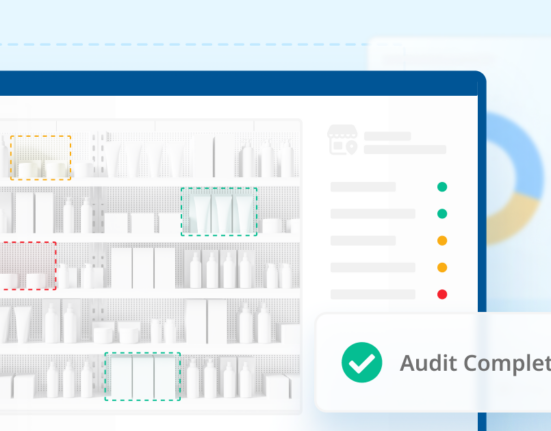
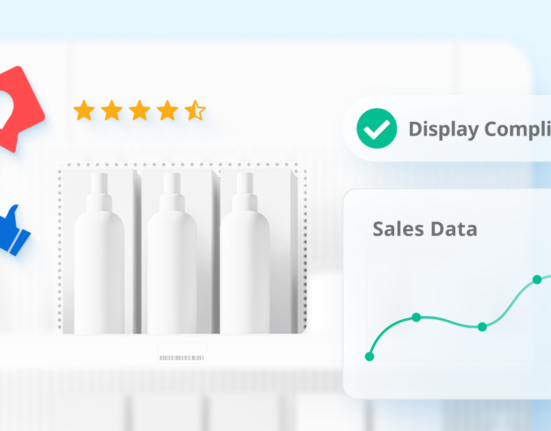

1 Comment
Comments are closed.